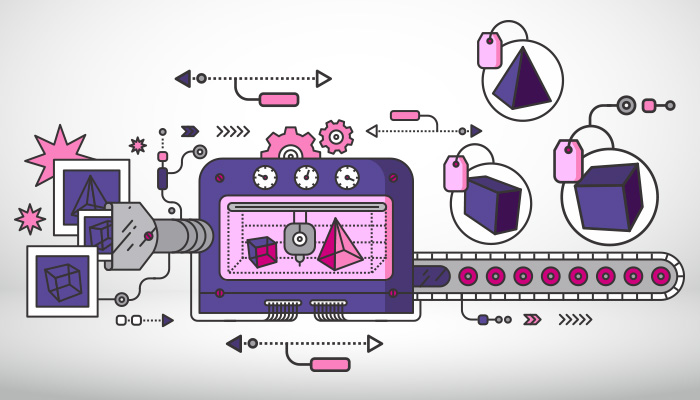12-27-2016
What’s New and What’s Next in 3D Printing

Dear House Rules,
I’m hearing so much about 3D printing technology at symposia, in conference rooms, on websites I read. Everyone seems to have a fervent opinion about it, from “Don’t touch it, it’s brand-new technology and they haven’t worked the bugs out” to “Jump on board or risk getting left behind.” What’s the real scoop?
Signed,
Is the future happening now?
Dear Future:
In the automotive, aeronautics, and even jewelry worlds, 3D printing is indeed the hot new thing. However, its trendiness doesn’t negate its scientific value in the pharma and device spaces.
Our industry provides unique challenges, of course, one of the greatest being the FDA. In a classic “chicken-or-egg” scenario, over 85 companies have gone ahead and brought 3D medical devices to market without FDA guidance (which was just finalized last year), while others have been waiting for that guidance to progress.
Another obstacle is the technology itself, which is still very much in its infancy. According to Michael Drues, PhD, President of Vascular Sciences, an education, training, and consulting company, “People use the phrase 3D printing in sort of a generic sense, but there are probably close to 20, if not even more, different technological versions of what goes under that umbrella of 3D printing. Of the technologies that people consider 3D printing today, only one or two of them have been developed for biomedical applications. And now we’re trying to retrofit or spin those technologies and make them work in medicine. Fortunately, there are companies out there working to specifically develop 3D printing technologies for biomedical applications, but that’s going to take time.”
In the future, one of these applications is likely to be bio-printing—actually printing living tissue or perhaps even organs. It may sound like science fiction, but scientists are making more and more progress in that direction. While the most obvious application for that would be for tissue transplant or organ transplant, there is another potential use as well. It may be possible to change the way clinical trials for medications are conducted.
The accepted process for performing clinical trials has been 1) test the compound in the laboratory (in vitro), 2) test it in animals (in vivo), and 3) test it in humans. With 3D printing, companies could go from “engineered human tissue” testing straight to clinical testing in live humans. For example, companies could print miniature organs such as a human liver that is genomically and biochemically identical to the liver in the body, and then expose it to multiple possible drug candidates. As with any breakthrough science, there are challenges, but all are solvable.
Perhaps it’s wise to adopt a “wait and see” attitude with a technology so new and relatively untried. However, don’t wait too long—in 1960, no one had heard of ibuprofen, but now, it’s likely that almost every medicine cabinet in the country has a bottle of it.
When exploring ways to market brand-new technologies like 3D drugs and devices, be sure to team up with a healthcare branding agency as forward-thinking and creative as the science itself.

